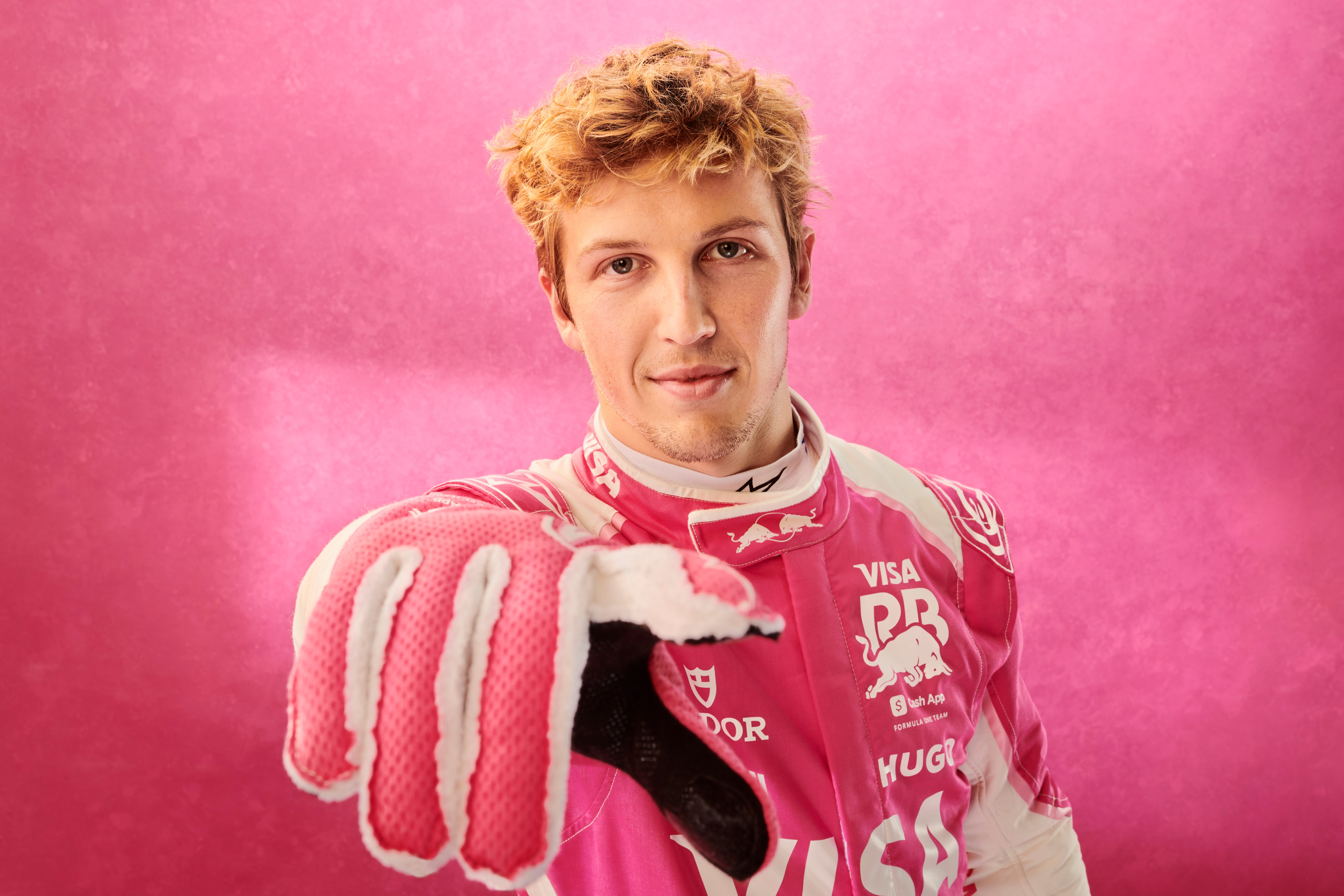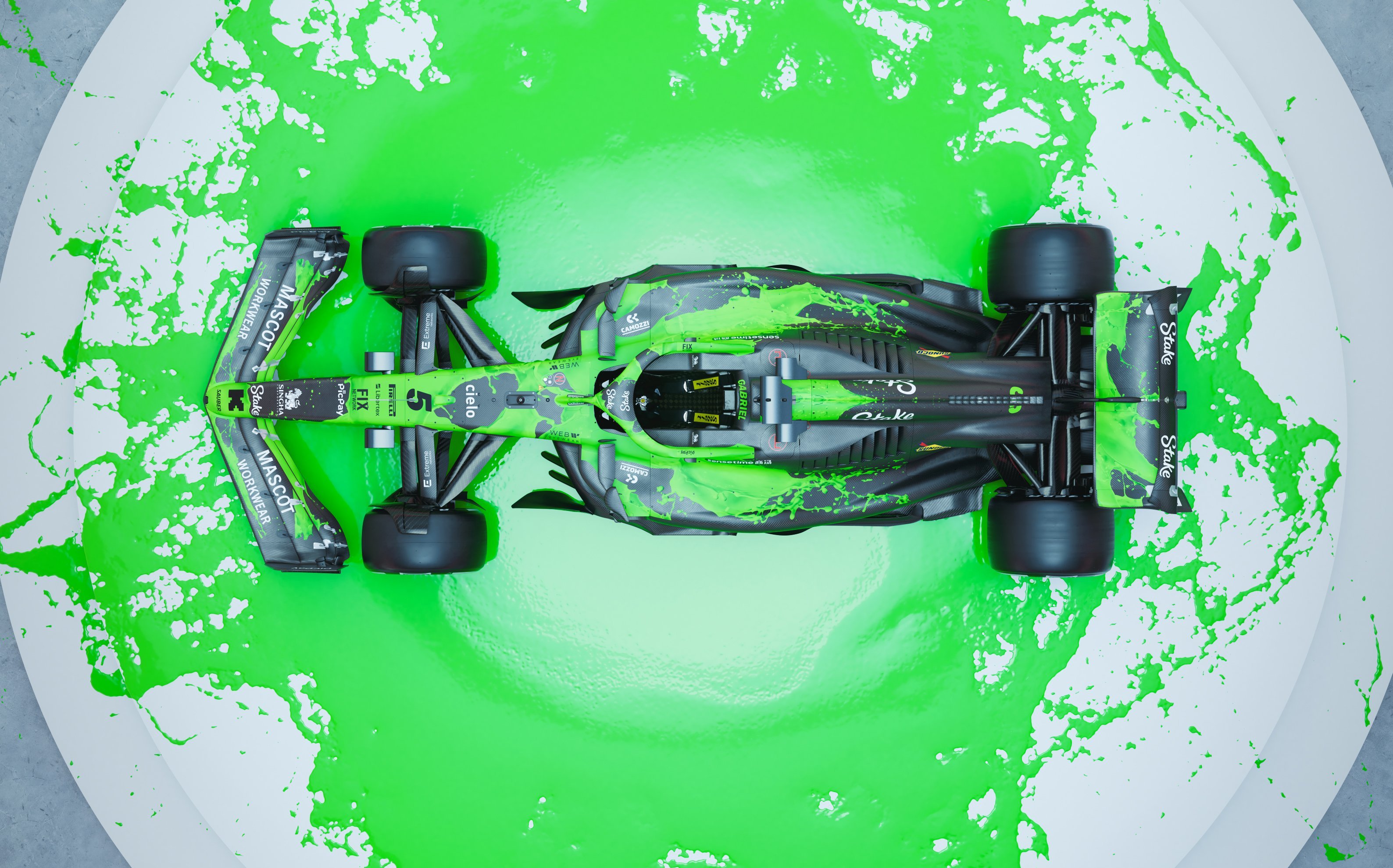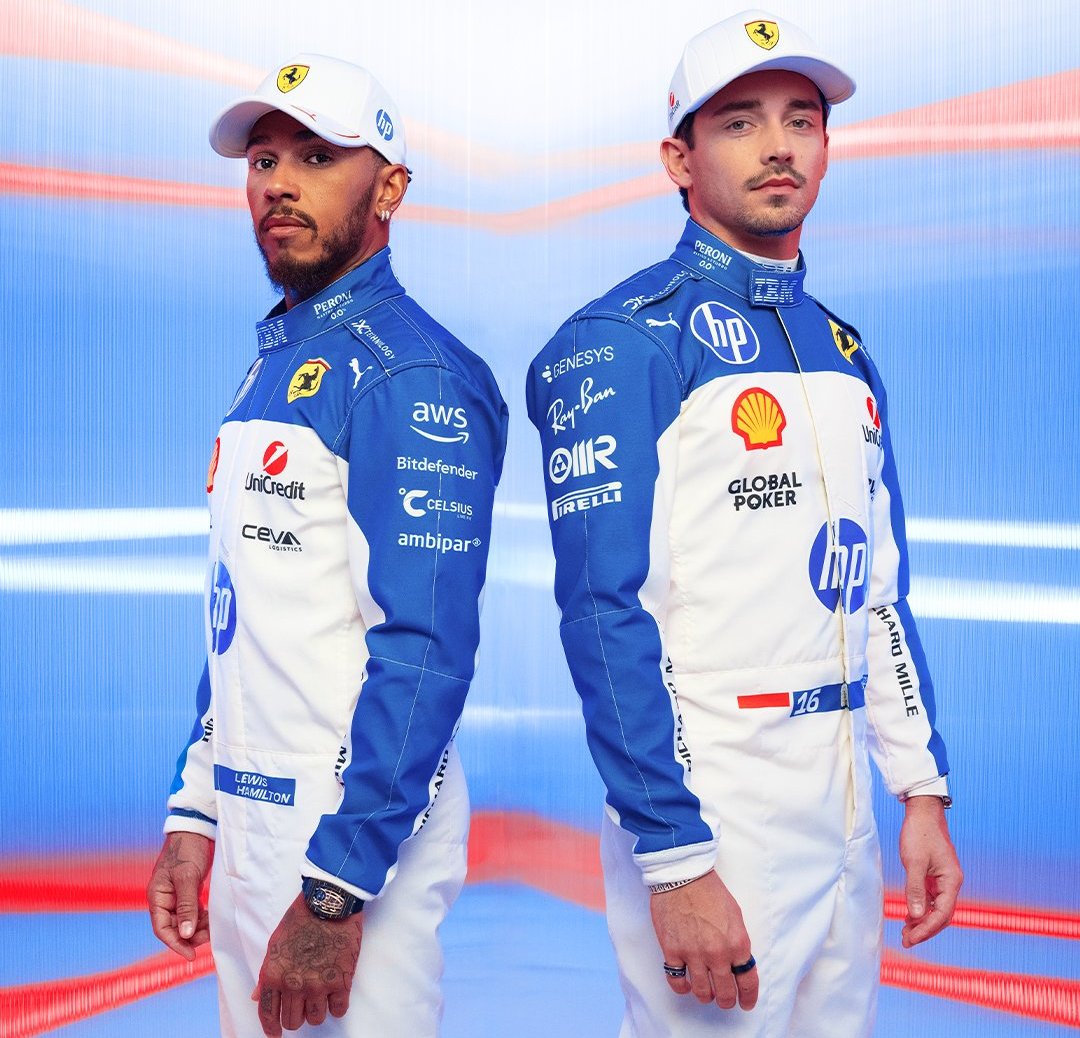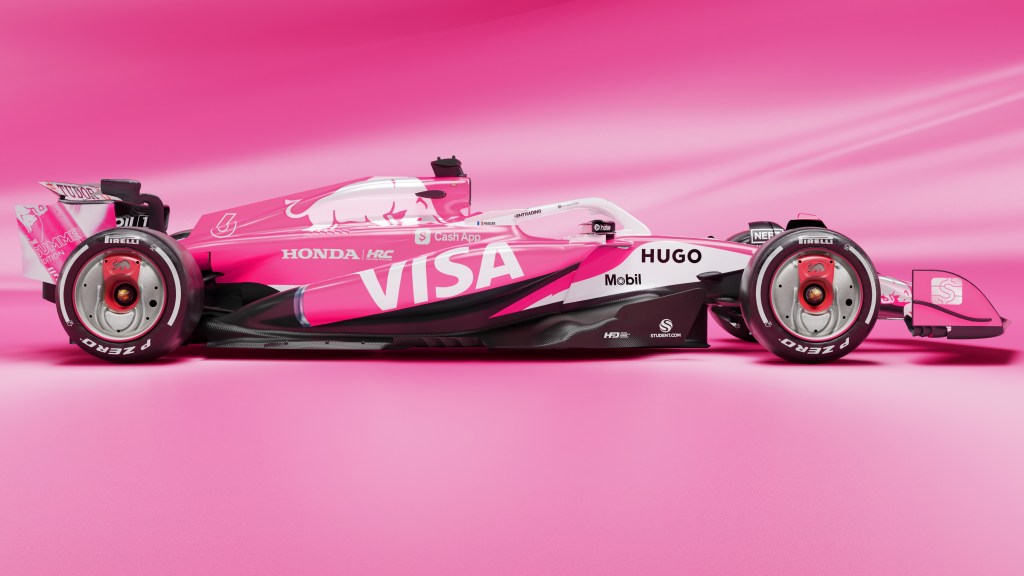The Ongoing Battle of Formula 1 Liveries: Engineers vs. Marketers
In the world of Formula 1, if engineers had complete control, the grid would present a very different aesthetic. Iconic colors like Ferrari’s red, McLaren’s papaya orange, and Mercedes’s Silver Arrows might be absent altogether.
Olly Hughes, the chief marketing officer for Red Bull, sheds light on the engineers’ perspective: “Any engineer at any team would prefer to run with bare [black] carbon. For them, every added livery adds weight, which can hinder the car’s performance. This is definitely a contentious issue,” he shares.
Many teams are increasingly opting for minimal paint on their cars. Hughes notes that the display of carbon fiber has become more prevalent compared to five or ten years ago. The objective is to use just enough paint to maintain brand distinction while keeping the vehicle as lightweight as possible.

While this focus on data and efficiency is crucial, F1’s allure undeniably hinges on its eye-catching liveries and the sponsorship revenue they generate.
When a special edition livery is proposed, it sparks significant discussions. In Miami this week, the marketers won, resulting in the Racing Bulls cars donning a striking magenta livery inspired by a new summer flavor from Red Bull: white peach.
Hughes describes this initiative as a “monumental undertaking”. From the race cars to drivers’ suits and team gear, everything has been revamped for the weekend event. This concept was initially discussed during the Las Vegas Grand Prix last season when the team reflected on the popularity of their winter special can.
“Earlier this year, we learned the color would be magenta, which aligns perfectly with Miami’s vibrancy,” Hughes explains. “The marketers’ vision often clashes with the engineers’ desire for lighter designs, with the latter realizing the added weight—three kilograms—can be concerning. The design process is a months-long dialogue involving what colors sponsors are comfortable with and balancing all interests. Once the negotiations conclude, it results in a six-month journey of designing and refining the livery.”
Despite occasional victories for marketing, engineering doesn’t always concede to marketing’s whims. The dependability of the Racing Bulls car, which has shown more stability for drivers this season compared to the Red Bull, supports this discussion.

“This gives us a bit more freedom; however, their engineers are just as concerned about carrying extra weight as ours,” Hughes points out. “The Racing Bulls team is more adventurous, not because we value performance less—our goal is still to compete as one of the best midfield teams—but because their car is less sensitive to changes.”
Miami presents a vibrant week for F1 enthusiasts, even when it comes to the financial commitment. Mercedes and Adidas have collaborated to release their inaugural race-specific merchandise for this weekend, alongside various other teams unveiling new offerings.

“We’re navigating this space somewhat in the dark, as we’re not proactively contacting other teams to coordinate,” Hughes admits humorously, acknowledging the challenge of differentiating from competitors.
He acknowledges Red Bull as F1’s “original disruptor,” with an innovative spirit reminiscent of Jordan’s original concepts, including Star Wars and Superman-themed liveries. The American races present a unique chance to take more creative risks in appealing to an increasingly engaged audience.
“There’s a strong interest, though many fans are still learning about the intricacies of the sport,” Hughes observes. “Many of them are introduced to F1 through platforms like Netflix’s Drive To Survive and still possess a surface-level understanding.”
Drivers Lawson and Isack Hadjar are actively participating in their team’s marketing efforts, sharing engaging TikTok videos and social media updates that have reached millions. Hughes notes, “For those in teams like VCARB, they understand the expectations that come with it—it’s part of the experience.”
From their unique liveries to marketing strategies, Red Bull operates with clarity and purpose. As Hughes puts it, “Our primary goal is to market our energy drink, irrespective of its flavor. That is fundamentally why Red Bull invests in sports entities.”




Post Comment